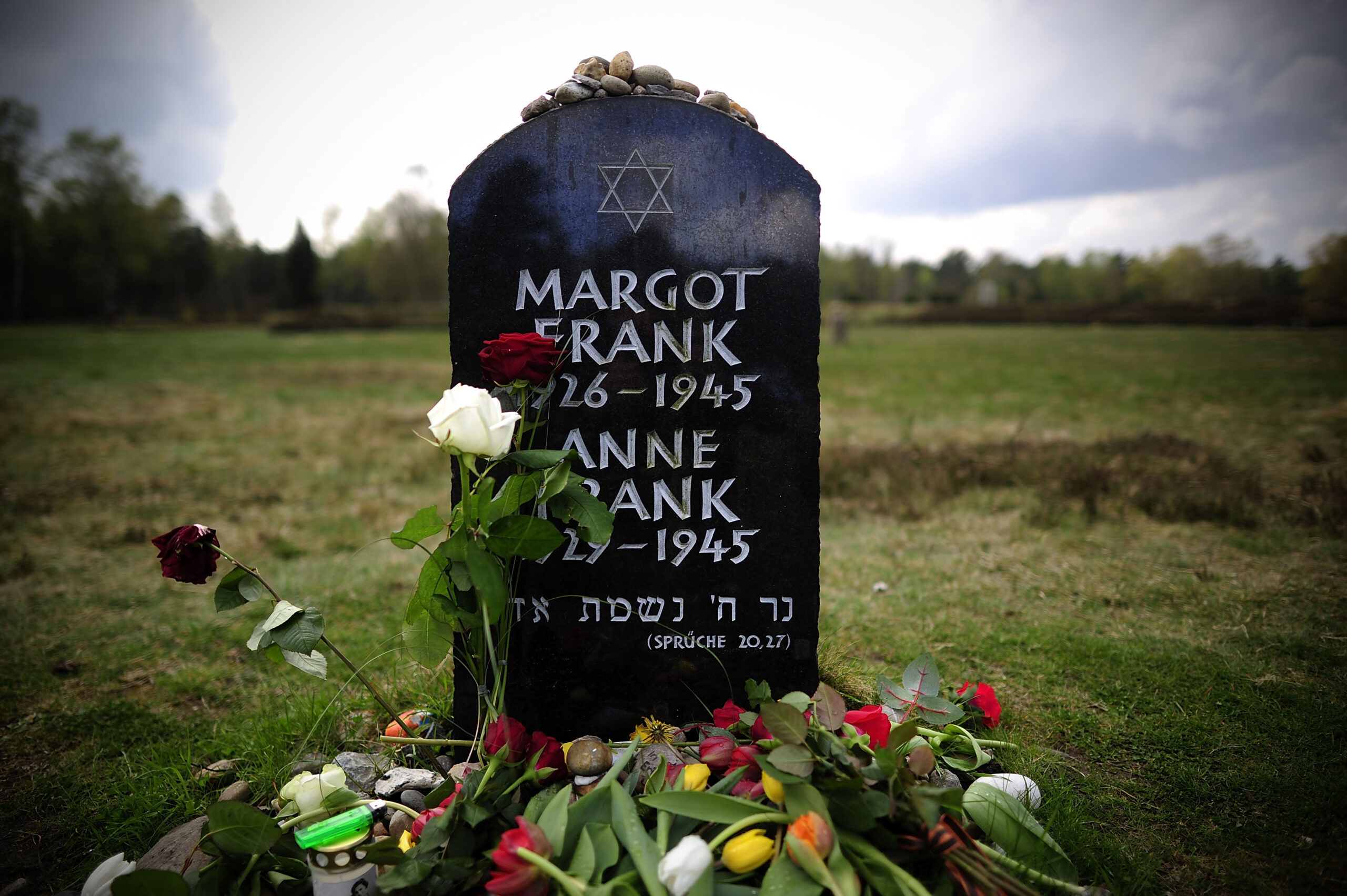
Anne Frank's diary is one of the most famous personal accounts of the atrocities of World War II. The diary was kept by Miep Gies and Bep Voskuijl, who helped hide the Frank family from Nazis.
Anne's older sister Margot also had her own diary, which unfortunately was not as protected during the war. Despite that, there are still plenty of clues about who Margot was during her lifetime.
Edith Frank-Holländer and Otto Frank welcomed their daughter Margot on February 16, 1926. The family appeared to enjoy a charmed existence until 1932, when the Brownshirts marched through their hometown in Germany.
In response to increasing antisemitism in Germany, the Frank family moved to the Netherlands in 1933. Otto Frank started a business in Amsterdam and the family joined him there; things were going well in the country until the Germans invaded in 1940.
One of Margot's friends, Jetteke Frijda, described her as "the best at everything, but she remained modest. You could trust her, you could lean on her. Margot talked little about herself, she kept rather quiet." Anne also commented on her sister, noting that Margot's first report card at their new Jews-only school was exceptional. Anne wrote, "Brilliant as usual…. she is so brainy!"
Anne lavished praise on Margot in another diary entry where she wrote, "Margot doesn’t need any upbringing, since she’s naturally good, kind and clever, perfection itself."
Margot was also known for being deeply invested in Judaism; she regularly attended synagogue and Hebrew school.
Margot received a letter requiring her to move to a concentration camp in Germany in July 1942. The family decided to go into hiding and remained hidden from the Nazis for two years until they were discovered in 1944.
Margot, Anne, and her parents shared 450 square feet with another family of four. The group had to remain completely silent during the day, as their hiding spot was located inside the factory that Otto Frank owned. Margot used the time to study, even managing to take a Latin class under the name of Bep Voskuijl.
Anne even shared the subjects her sister studied. She wrote that they were, "English, French, Latin by correspondence, English shorthand, German shorthand, Dutch shorthand, Mechanics, Trigonometry, Soild [sic] Geometry, Physics, Chemicstry [sic], Algebra, Geometry, English literature, French literature, German literature, Dutch literature, Bookkeeping, Geography, Modern History, Biology, Economics, reads… preferably on religion and medicine."
Ultimately, the hiding spot the families used was revealed to the Nazis, who moved the eight to the Westerbork transit camp on August 8, 1944. They were then assigned to the concentration camp Auschwitz-Birkenau.
Margot and Anne were sent to Bergen-Belsen concentration camp at the end of October 1944. They both came down with typhus at the camp due to the horrible conditions; Margot died in February of the following year. They were buried together in a mass grave months before the camp was liberated by the British.




